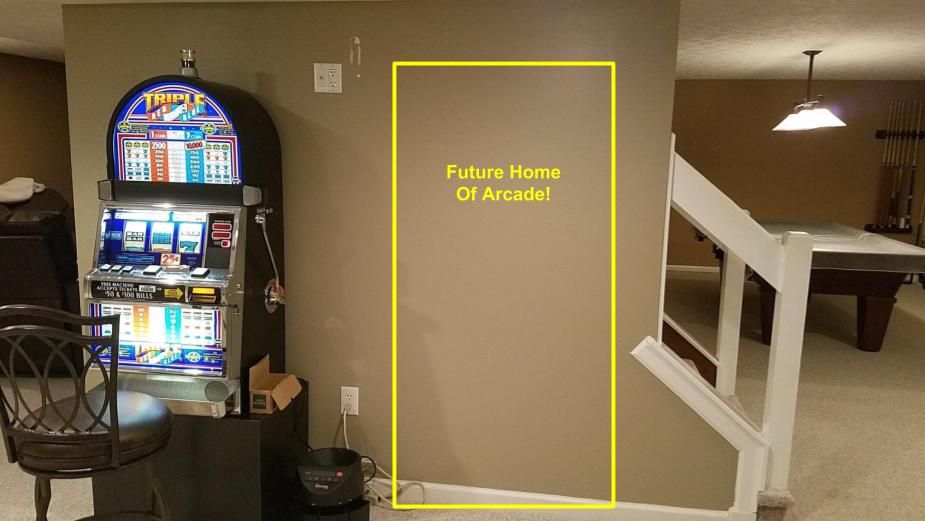In the 80s, you may have put coin after coin into your favourite arcade machine, giving a countless amount of money to a large box. Fast-forward 25 years or so, and using a £25 Raspberry Pi 3, along with some creative hacking, you can relive your high-score glory days as you play your favourite old-school classics to your heart's content.
- In the 80s, you may have put coin after coin into your favourite arcade machine, giving a countless amount of money to a large box. Fast-forward 25 years or so, and using a £25 Raspberry Pi 3.
- All you need is a Raspberry Pi board, a microSD card, a micro USB power adapter, and a case to put it all in. And, of course, some form of game controller.


Ever since people figured out that the Raspberry Pi 4 has a PCIe bus, the race was on to be the first to connect a regular PCIe expansion card to a Raspberry Pi 4 SBC. I see the PCI slot.
Independent Sheffield-based web developer Matt Brailsford, aka Circuitbeard, shares his retro-Pi plans, which use a repurposed miniature desktop arcade machine as the housing.
Advertisement
WHAT YOU'LL NEED
For this build, you'll need a Raspberry Pi with a memory card, a Pimoroni Picade PCB, and a TFT screen with an HDMI input, and an HDMI cable and power supply. Additionally, procure a panel mount joystick, generally using microswitches, electrical buttons, a USB power supply with a micro USB plug, and a USB-A to micro USB cable. Four-ohm speakers and a 3.5mm audio jack are needed for audio. A Wi-Fi dongle (or the Pi 3's built-in Wi-Fi) and wireless keyboard are helpful for setting everything up after it's in your cabinet.
INSTALL THE SOFTWARE

Raspberry Pi Slot Machine
Power up your Raspberry Pi and monitor, then connect them with the HDMI cable. Install a piece of software called RetroPie, following the instructions that can be found on GitHub. This will set up your Pi as a retro-games emulator and will allow you to put ROMs, or copies of video games, on to it to play. The simplest way to add ROMs is with a USB
drive, as also outlined in that wiki. A good source for these files is archive.org/details/internetarcade.
SET UP THE CONTROLS AND CABINET
Raspberry Pi 4 Slot Machine
Plug the Picade PCB into your Raspberry Pi via USB. Wire your joystick and buttons into the Picade board after connecting them via USB cable. The Raspberry Pi will then interpret button and joystick input as keyboard presses. Plug the audio jack into the Raspberry Pi's output port and the Picade PCB's 3.5mm input jack, then wire your speakers into the adjacent screw terminals. Connect the Wi-Fi/Ethernet and a keyboard if using it. You can also use a custom-built kit, such as the Picade, for greater convenience.
For some reason, when slot machines went digital, they lost their best feature — the handle. Who wants to push a button on a slot machine, anyway? Might as well just play video poker. [John Bradnam] seems to agree, and has built an open-source three-color matrix slot machine complete with handle.
In this case, you’ll be losing all of your nickels to an Arduino Pro Mini. The handle is an upgrade to an earlier slot machine project that uses three 8×8 matrices and a custom driver board. When the spring-loaded handle is pulled, it strikes a micro switch to spins the reels and then snaps back into place. Between each pull, the current score is displayed across the matrix. There’s even a piezo buzzer for victory squawks. We only wish the button under the handle were of the clickier variety, just for the feels. Check out the short demo video after the break.
If you’re not a gambler, you could always turn your slot machine into a clock.